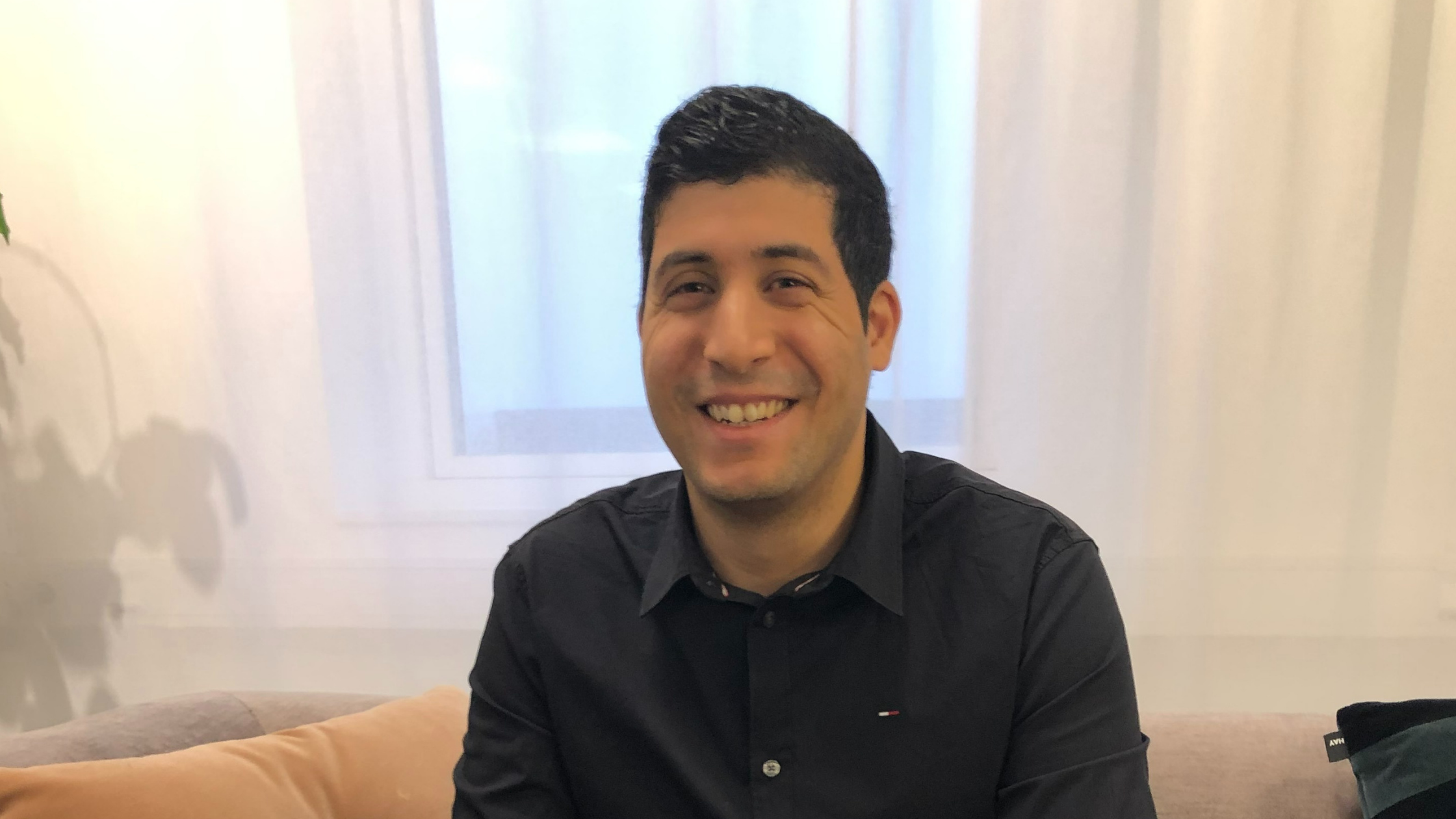What was your research about?
My research has been conducted within the area of buildings services engineering, mainly investigating how the energy efficiency for air handling systems can be increased. The fresh supply air must be chilled or heated, to reduce the energy use for these processes’ different types of heat recovery technologies are used. One of the most common heat recovery technology is the run-around heat recovery system, where I have investigated how the system effectiveness changes in regards toin regard to different designs and other energy saving measures. Ventilation systems are increasingly designed to be demand controlled, where the air flow rate to different zones is adjusted, e.g., with regards to the temperature requirements in the zone, permitted concentration of gas/particles, number of people, which affect the effectiveness of the heat recovery system.
You recently had an article published, could you give us a brief abstract?
In the paper “Flow rate optimization in run-around heat recovery systems”, a verified mathematical model of a run-around heat recovery system is presented. The model was used to simulate different operating conditions, design parameters and to study how the effectiveness of the heat recovery system is altered. Some of the most exciting results were found when operating conditions resulted in laminar brine flow, where we previously thought that the effectiveness would drop more dramatically than what the modelling and measurements revealed.
You have a background as an energy management consultant at AFRY, what experiences do you bring from there?
In my previous role as an energy management consultant, I gained a broad understanding of different customer needs. During the visits at our customers site, the visit often started as a “how it’s made” episode, where I got to see and understand how different products from diapers, medicines, plastic bags to engine blocks are manufactured. This gave me an increased knowledge of the opportunities and challenges there are in different processes and industries from an energy efficiency point of view.
How did you hear about Enjay?
I saw an add from Enjay in an HVAC magazine which made me curious, my initial thought was to establish a cooperation and include a Lepido in a run-around heat recovery system. I contacted Nils Lekeberg, one of the founders of Enjay, who enthusiastically explained why Lepido was a longed-for product on the market and that the heat exchanger can be used in many new industries and processes to recover heat in a cost efficient and sustainable manner. After some cooperation and discussions, I was offered the opportunity to join Enjay’s journey.
How does your research apply to your work at Enjay?
We use our collective competence within the group to develop new tools, scopes, and products. During the first period of my employment, my focus has mainly been to develop our design software which allows us to design heat recovery systems, estimate energy savings and cost savings for our customers.
It must be satisfying to test your research empirically in a practical setting?
It is incredibly exciting and fun to work with so many motivated and knowledgeable colleagues, where I am a vital part of both developing the company and the products, we offer our customers.
